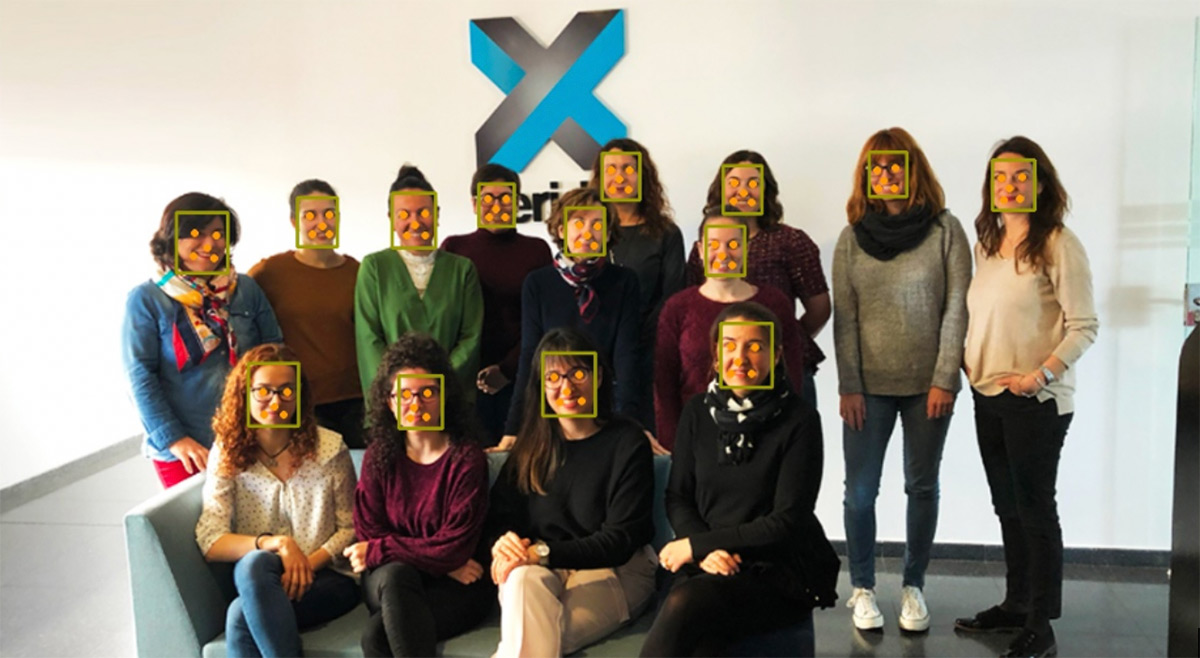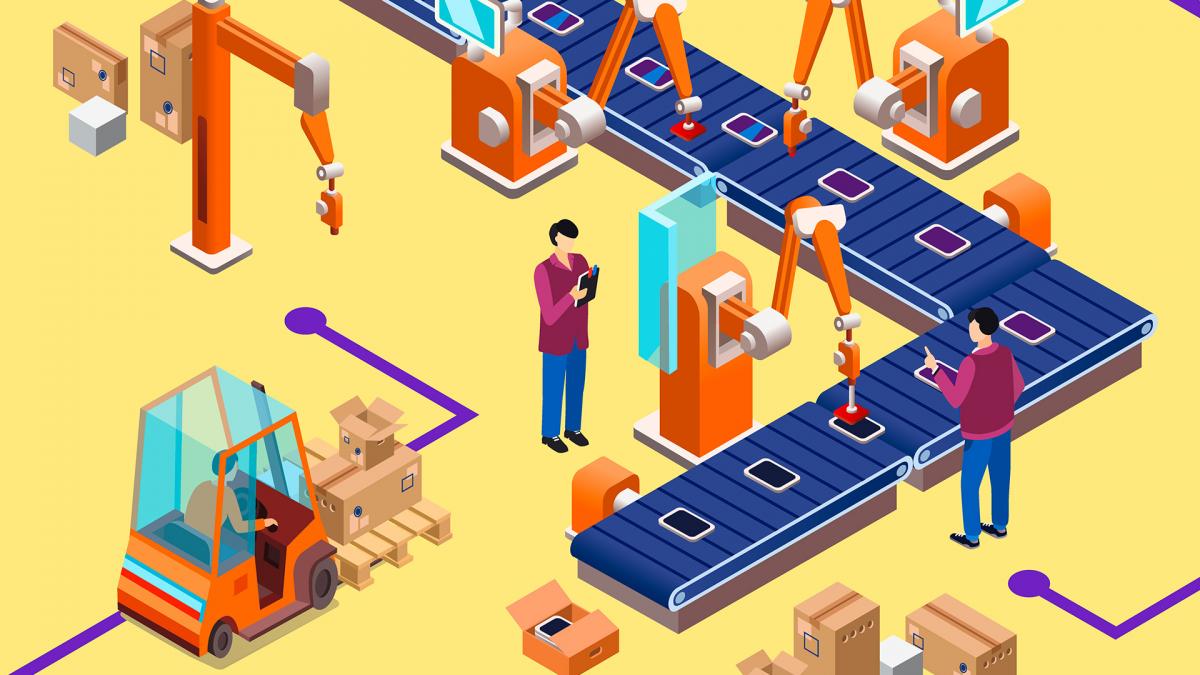In our previous post, we described how to learn to manage change in our transformation towards DevOps. That first article focused on describing the Satir and Kotter change models and sought to explain the different steps that change processes go through. In this post, we are going to discuss how to effectively implement specific changes […]
Author Archives: admin@xeridia.com
-
All |
Agile |AI |Application Modernisation |Artificial Intelligence |Atlassian |Blockchain |Cloud |Confluence |DevOps |Digital Transfomation |IT Demand Management |JIRA |Low-Code |OutSystems |PSD2 |Sin categoría |Technology |
Blog
Change management applied to DevOps: a recipe for success
Over the course of previous blog posts, we have looked at the different steps and strategies we can follow to implement a DevOps approach in our organisation. We need to keep in mind that the change required within the organisation to implement DevOps is quite substantial and by no means easy. Apart from the technical […]
Computer Vision and Image Processing
Have you ever wondered how it is possible to perform automated processing on an image to draw a complex conclusion of such magnitude as to be able to detect the presence of an object? As living beings with the ability to see, we have biological sensors that allow us to receive sequences of images from […]
What is Machine Learning?
Machine Learning is a sub-branch of Artificial Intelligence that aims to solve problems without the need to explicitly program the algorithm that solves them. To do this successfully, data is needed for the system to be able to infer patterns. The concept of Machine Learning is greatly influenced by the ability of human beings to […]
The Role of Artificial Intelligence Today
Artificial Intelligence (AI) is probably one of the fastest growing branches of computer science today. Despite emerging in its own right more than 70 years ago, AI is currently generating the greatest interest in its history because of the revolution it is bringing about in today’s market. For this reason, and because Artificial Intelligence is […]
Implementing a Deployment Pipeline in DevOps (in a way no one has explained before) – Part III
This is the last post in the series on implementing the Deployment Pipeline pattern in DevOps. In previous articles, I explained what a Deployment Pipeline is, the benefits of using one, how to design a Deployment Pipeline for DevOps and lastly how to use Jenkins to implement this pipeline. I would now like to […]
Atlassian Data Center – is it right for your organisation?
Many of Atlassian’s products are offered not only in Server (On Premise) and Cloud (provided by Atlassian) deployment options but also in a Data Center version. This last deployment model was, until recently, relatively unknown to users of Atlassian products. However, in the wake of Atlassian’s recent price increase, many customers have approached Xeridia to […]
Implementing a Deployment Pipeline in DevOps (in a way no one has explained before) – Part II
In the previous post, we focused on the DevOps Deployment Pipeline Design phase. In this post, we are going to define the Deployment Pipeline Implementation phase. Implementing the Deployment Pipeline Once the deployment pipeline has been designed, it needs to be implemented. There are various ways to do this. I am going to discuss […]
Implementing a Deployment Pipeline in DevOps (in a way no one has explained before)- Part I
Throughout our previous posts, we have been moving forward in our organisation’s transformation to DevOps. We have learnt how to develop the Value Stream Map for our value delivery process, and we have looked at different methodological tools to help us manage our process, including Lean Thinking and the Theory of Constraints. In addition, we […]
PSD2, More Security and Protection for the Consumer
In a previous post we talked about the advantages of adopting a PSD2 API standard to facilitate the exchange of information between Third Party Providers (TPPs) and banks, thereby contributing to the development of new services and supporting the supply side. However, in order to stimulate demand for these new financial services, the fact remains […]
Characteristics of application modernisation projects
Following my first post on the reasons that lead our customers to consider application modernisation and migration projects, in this second post I will summarise the characteristics that are common to the projects that Xeridia undertakes in this field. If I had to single out just one characteristic, it would be automation. Although there […]
Reasons to address application modernisation and migration
We are increasingly finding that inherited/old/legacy IT systems are becoming an obstacle to the digital transformation of businesses. Many customers come to us to ask how they can adapt their existing applications to meet the current needs of their business. For this reason, we are going to publish a series of articles in which we […]













